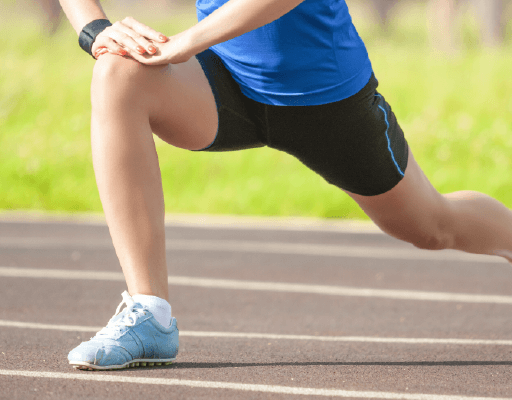What Makes a Good Training Session?
Course Modules
Start Course
| Module 1 | Module 1 |
| Unit 1 | Welcome |
| Unit 2 | What Makes a Good Coaching Assistant? |
| Unit 3 | Communicating Effectively |
| Unit 4 | Athlete Centered Coaching |
| Unit 5 | Divisioning and Advancement |
| Unit 6 | Unified Sports |
| Unit 7 | What Makes a Good Training Session? |
| Unit 8 | The Ca's Role in Developing Fitness |
| Unit 9 | Dealing With Concussion |
| Unit 10 | The Adm and Associated S.o. Programmes |
| Unit 11 | Assessment |
| Unit 12 | Sport: Level 2 Coaching Assistant Course Evaluation Survey |
Powered By WP Courseware
Module Summary
Training session structure
As a Coaching Assistant in Special Olympics you will have plenty of experience of training sessions that introduce athletes to a new skill. Let’s start by looking at the main components of a training session before moving on to look at the importance of each part.
Planning a training session
Now that we’ve looked at some key parts of any training session, let’s look at creating a plan. A detailed session plan has a number of purposes:
- Allows you to think through your session.
- Encourages you to consider the sequence and flow of activities.
- Makes you think about what you want to achieve and how you propose to achieve it.
- Encourages you to consider the space, equipment, facilities and coaching staff available.
- Serves as a road map for your session if you have to cancel at the last minute and pass the notes onto another coach.
- Provides you with something to reflect on following your session – this can help you assess if your session was effective.

I.D.E.A. model for coaching skills
This is one of many tools you can use to help you in planning and building your training session. The I.D.E.A. model breaks down the process of coaching a skill to athletes into four simple steps and acts as a useful guide when creating training session plans.
Select each heading from the list below to find out more.
Identify: What are you teaching your athletes?
Demonstrate: Show them what the skill looks like by demonstrating it
from different angles. You could do this yourself or have another coach
or athlete demonstrate! You could even show them a video of the skill
being demonstrated. Remember, in order to ensure good learning, the
demonstration should be technically correct!
Explain: Describe how and when the skill is used. Give it context and
value.
Attend: Allow your athletes to practice while you observe and give
constructive feedback. (This is a very important part of the session and
will be covered in more detail in the next module.) It’s important to
give your athletes enough time to practice and experience the skill –
what it feels like, how they move through it and what it accomplishes!







